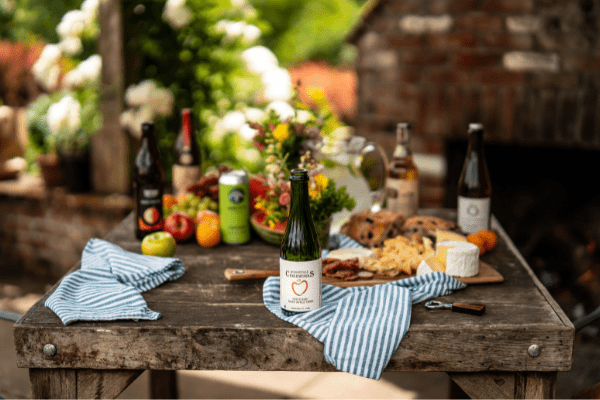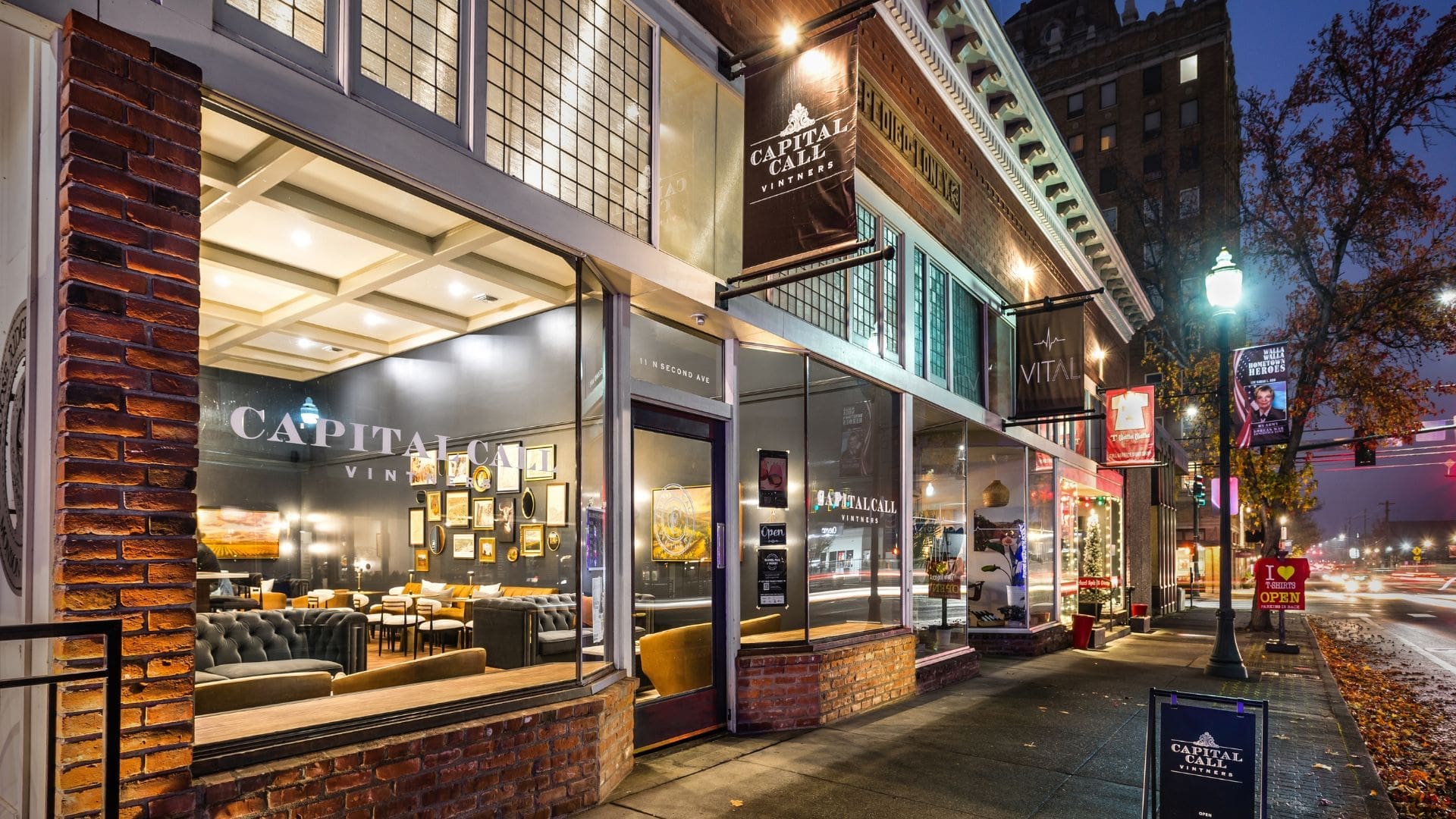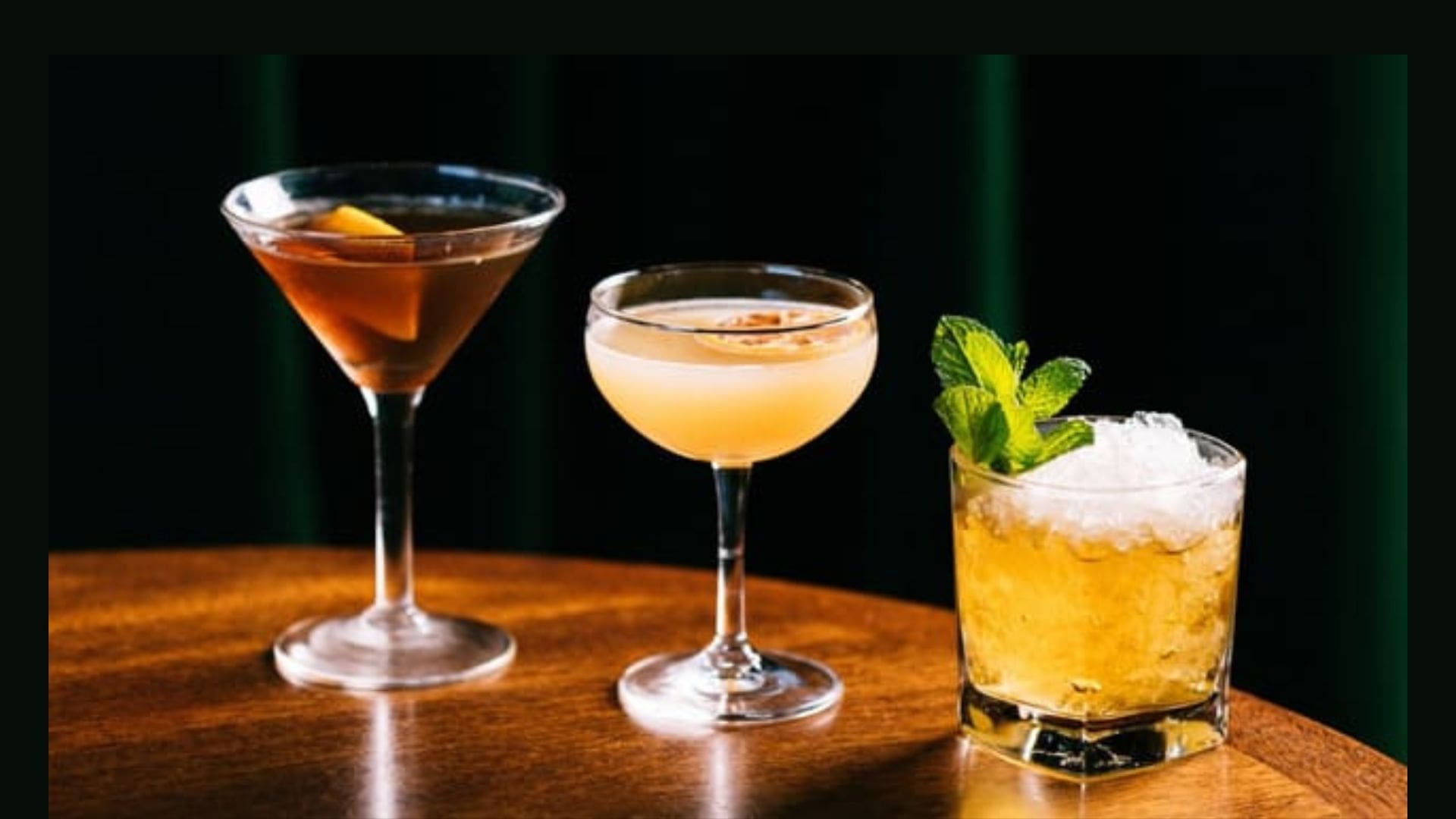I spend a lot of time thinking about apples and what happens when you ferment them. I’ve literally spent years seeking out ciders made from a single variety hoping that I can begin to understand that particular apple, attempting to determine what aromas and flavors make it unique. Exploring the different apple varieties and the cider that comes from them can be a great, and tasty, way to discover a whole new world of flavors.
All that said, please do not think that I don’t believe blends are a good thing. They most certainly are. Creating a blend of varieties to make a cider that is greater than the sum of its parts takes knowledge and great skill on the part of the cidermaker. But even a casual wine drinker can probably tell you how a Sauvignon Blanc tastes different from a Chardonnay, or at the very least the flavor differences between a red and a white. As a cider drinker, I want to know how a cider made from Wickson Crabapples will compare to one made from Porter’s Perfection, for example.
If this all resonates with you, then you’ll be delighted to learn that the upcoming Northwest Cider Club selections are focused right where they should be – squarely on the apple. Clubs have always been a great way to get to know an individual producer and learn their point of view, as well as getting access to members-only specials, which are typically small-batch and unavailable to the general public. The Northwest Cider Club is different, though, since they source club ciders from producers throughout the Pacific Northwest. It’s a chance to explore a broader region and discover a producer, or an apple, that you might otherwise have overlooked.

I had the good fortune recently to taste through a number of ciders from the upcoming club shipment, a mix of single varietals and thoughtful blends. Several featured classic high-tannin apples originating in Europe. The Normandy-born Muscadet de Dieppe from Bauman’s Cider Company was an easy-drinking mix of raisins, ripe apples and baking spices. It was fun to try two new ciders made from Porter’s Perfection, ones I hadn’t been able to include when I wrote about the apple in Cidercraft a couple of months ago. This 19th-century English apple is known for its robust tannin and acid, both of which were on display in these ciders. The one made by Tieton Cider Works was on the subtle side with ripe flavors of plum, apple and pear – a great introduction to a tannic cider profile for the newer cider drinker. The Porter’s Perfection made by Pear Up, a company known more for its pear-based drinks, was a more classic expression, tart and rich with citrus and baking spice. Not part of Pear Up’s regular lineup, the Northwest Cider Club is probably the only chance to try it.

Low-tannin apples from North America were also featured. Crab Nebula from Runcible Cider, for example, is a mix of the venerable Long Island–born Newtown Pippin, with its ripe green kiwi notes, and a handful of crabapple varieties, including Hewe’s Virginia and Dolgo crabs, for a punch of lime-flecked acidity. It was light, refreshing and easy to drink, as was the cider made by Free Water Cider Company from a 20th century apple, Opal, a cross between Golden Delicious and Topaz. This cider was also barrel-aged giving it a little extra body.

Whether you are a longtime cider drinker or just cider-curious, curated selections such as the ones put together by the Northwest Cider Club are a golden opportunity for discovery, maybe of a producer or maybe of an apple, but either way delicious.
Sponsored by the Northwest Cider Association












